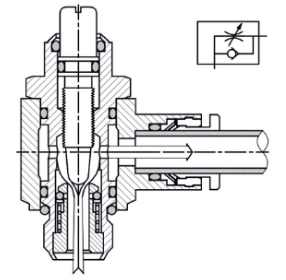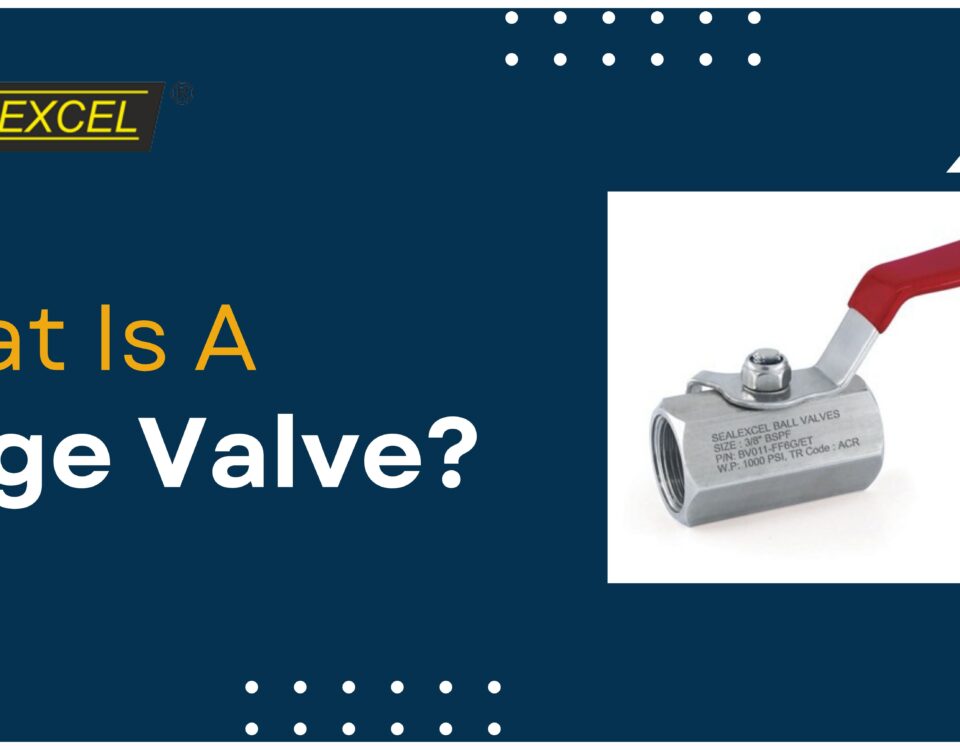
Understanding Check Valve Maintenance and Lifecycle
February 5, 2023
What Is A Purge Valve?
April 29, 2023A manifold valve is part of a hydraulic system with one or more block valves or separation valves. Ball, needle, bleed, and vent valves are all common valves that comprise a valve system. By separating the fluid flow in the system, a block-and-bleed system with a manifold valve keeps the fluid from the upstream from touching the fluid downstream.
Types of Manifold Valves
Manifold valves are divided into the following groups based on their form and amount of valves:
2-Way Valve Manifold
A 2-way manifold valve, also called a 2-valve manifold, has an isolation valve and a calibration/vent (bleed) valve built into a single block. These valves have ports that screw in or out that are either male or female. The handle on the block valve is blue, while the handle on the bleed valve is red.
Most of the time, they are made of 316 stainless steel and have normal PTFE valve packing. Two-way valves come in three shapes: in-line, L-shaped, and Y-shaped.
How to Use 2 Way Manifold
Most pressure transmitters use these valves, which have one block and test valves. If we need to adjust the pressure sensor, we should close the block valve and open the drain valve. Then, we can connect the drain valve to the pressure generator to get the test pressure.
3-Way Manifold Valve
A three-valve manifold, also called a three-way valve manifold, has two block valves and one equalizing valve. Differential pressure sensors are a common example of using 3-way manifold valves. The handles on the block valves are blue, while the handles on the adjustment valve are generally green. The block valves are open during the regular function, and the equalizing valve is shut.
How to Use a 3-Way Manifold?
Two block valves and one adjustment valve make up the three-way connection. Therefore, if we want to check the zero on the differential pressure sensor, we need to close the block valve and then open the equalizing valve. There is no test link for this type.
5-Way Manifold Valve
The five-way system comprises two block valves, one adjustment valve, and two air or test valves. When you want to check the zero of the emitter, first you should close the block value and open the equalizing valve. If we need to adjust the emitter for three-point or five-point, we must connect the test valve to a pressure generator after balancing the pressure. Most DP transmitters have this type of valve.
It can be used to gather the fluids that are made or to spread the inserted fluids. The manifold must have enough pipes, valves, and flow controls to collect the fluids made safely or spread the pumped fluids, like gas, water, etc. This device would help the pressure devices in the process equipment lines take data. If we use a manifold valve in a piece of equipment, this piece can be easily taken out for repair and adjustment without shutting down the process.



